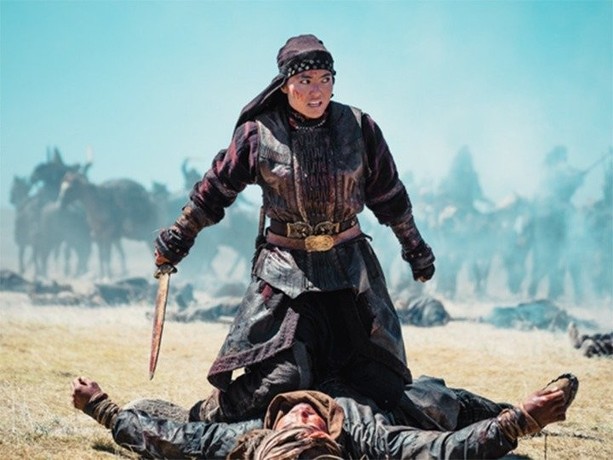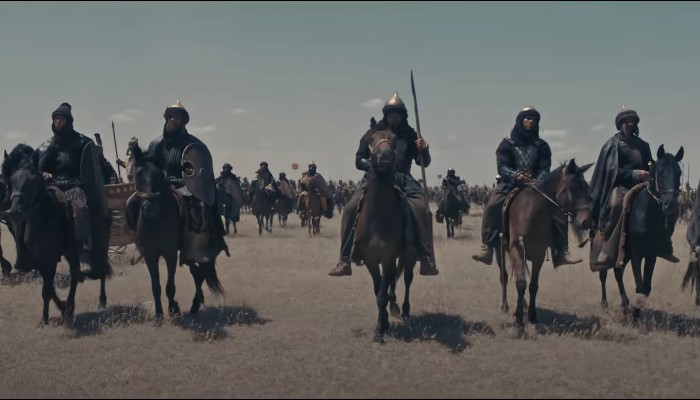The Legend of Tomiris (2019): A Visually Striking Epic of a Forgotten Warrior Queen
The Legend of Tomiris (2019) is a sweeping historical epic from Kazakhstan that brings to life the little-known but formidable story of Queen Tomiris, a warrior queen of the Massagetae tribe who lived during the 6th century BCE. Directed by Akan Satayev, the film blends myth, history, and cinematic spectacle to tell a powerful story of loss, leadership, and vengeance, led by a strong female protagonist rarely seen in traditional epic war films.
The film stars Almira Tursyn in her debut acting role as Tomiris, a young woman who rises from tragedy to lead her people. After witnessing the betrayal and brutal slaughter of her father, the tribal king, Tomiris is forced into exile. As she grows up in the harsh steppes, she learns the art of survival, horsemanship, and leadership. Eventually, she unites the fragmented tribes of the steppe and ascends as queen. Her greatest challenge, however, comes when she confronts the Persian Empire and its legendary ruler, Cyrus the Great, who seeks to conquer her lands.

What follows is a narrative of war, diplomacy, and personal sacrifice. The film builds toward the climactic confrontation between Tomiris and Cyrus—an event drawn from accounts by the ancient Greek historian Herodotus, who claimed that Tomiris defeated and killed Cyrus in battle after he deceived and captured her son. The film embraces this version of history, portraying Tomiris as a fierce strategist and protective mother, unwilling to be manipulated by one of the world’s greatest emperors.

Visually, The Legend of Tomiris is stunning. The vast landscapes of Central Asia, shot in Kazakhstan’s sweeping plains and deserts, serve as a majestic backdrop to the drama. The cinematography, rich in golden hues and wide panoramic shots, echoes the visual grandeur of films like Gladiator and Braveheart. Costume and set design are historically detailed, immersing viewers in the nomadic culture of the Scythians and Massagetae tribes, with attention to traditional armor, tattoos, and weaponry.
Almira Tursyn’s performance is stoic yet commanding. Despite being a non-professional actress, she brings a quiet intensity to Tomiris—conveying strength, dignity, and emotional depth, particularly in scenes of grief and battle. The supporting cast also delivers strong performances, particularly in portraying the internal political conflicts among the nomadic tribes.

Critics praised the film for its feminist angle and its focus on a real-life historical figure often overlooked in Western narratives. While some noted that the film takes artistic liberties with historical accuracy, many acknowledged its importance in reclaiming Central Asian history and celebrating a powerful female leader. The battle scenes are gritty and well-choreographed, avoiding excessive gore but capturing the brutality of ancient warfare.

In conclusion, The Legend of Tomiris is a beautifully crafted historical drama that offers a fresh perspective on epic storytelling. With its strong female lead, impressive production values, and a compelling story rooted in ancient history, it stands as both an inspiring tribute to a forgotten queen and a proud cinematic achievement for Kazakhstan.


